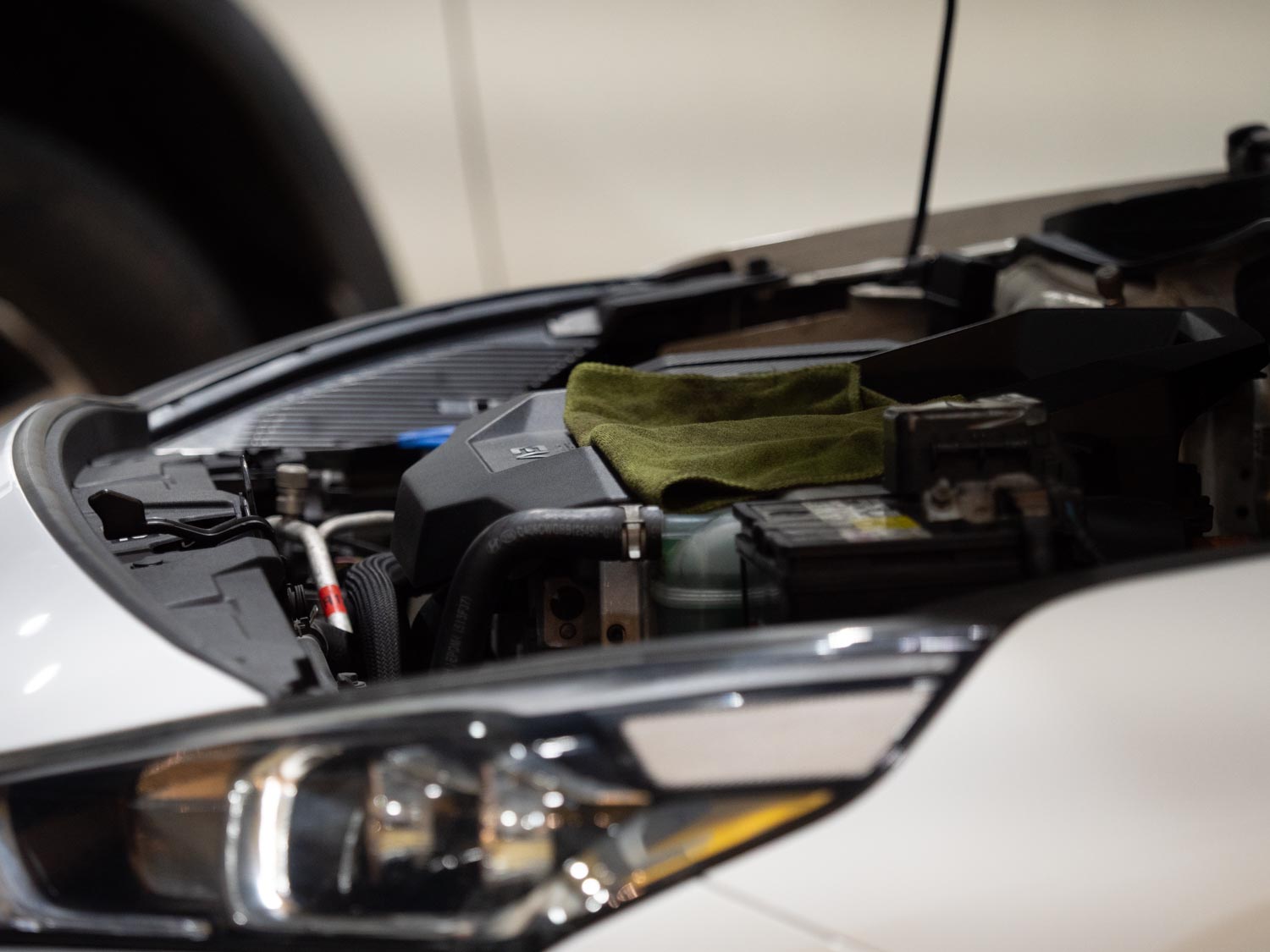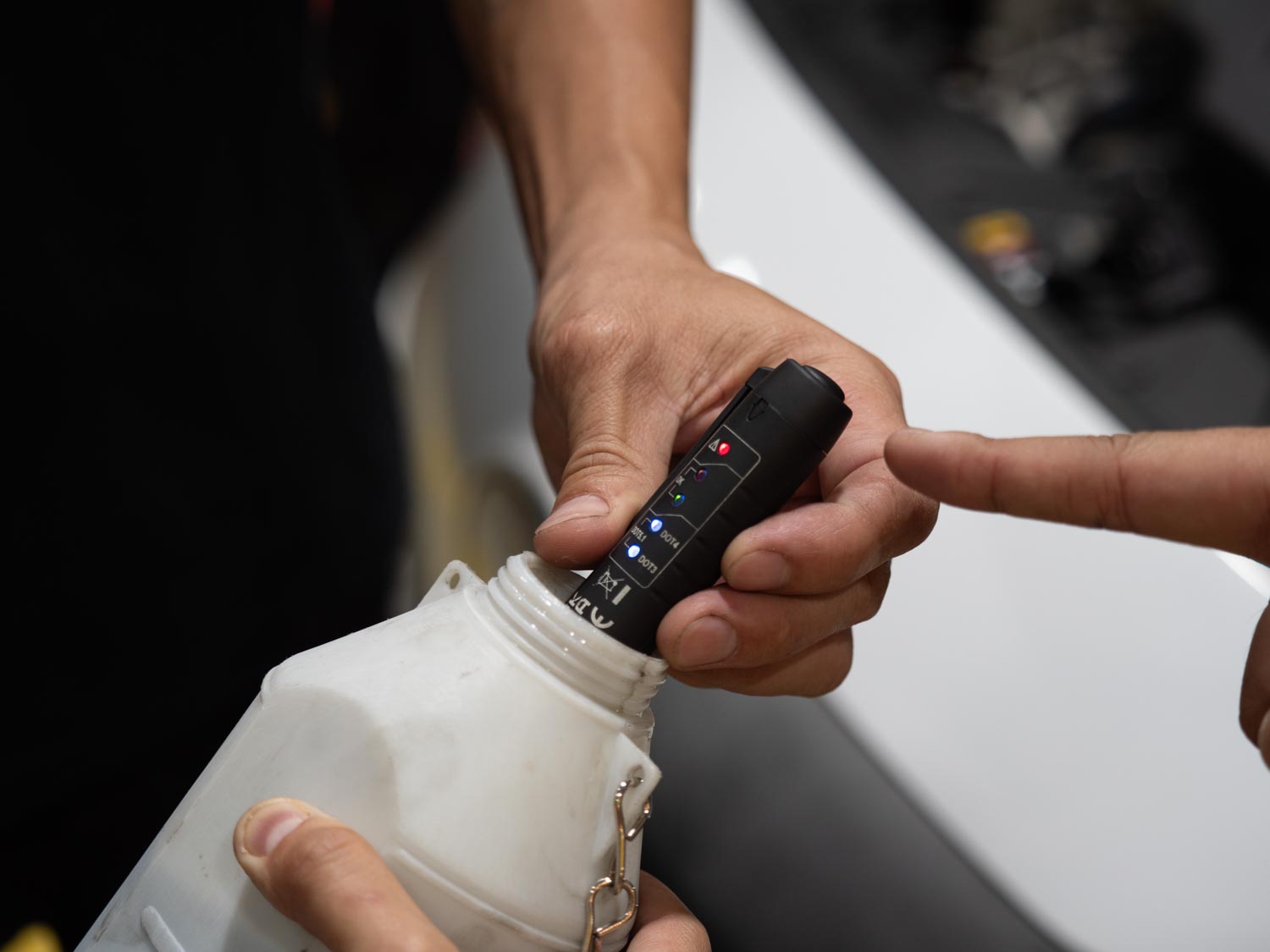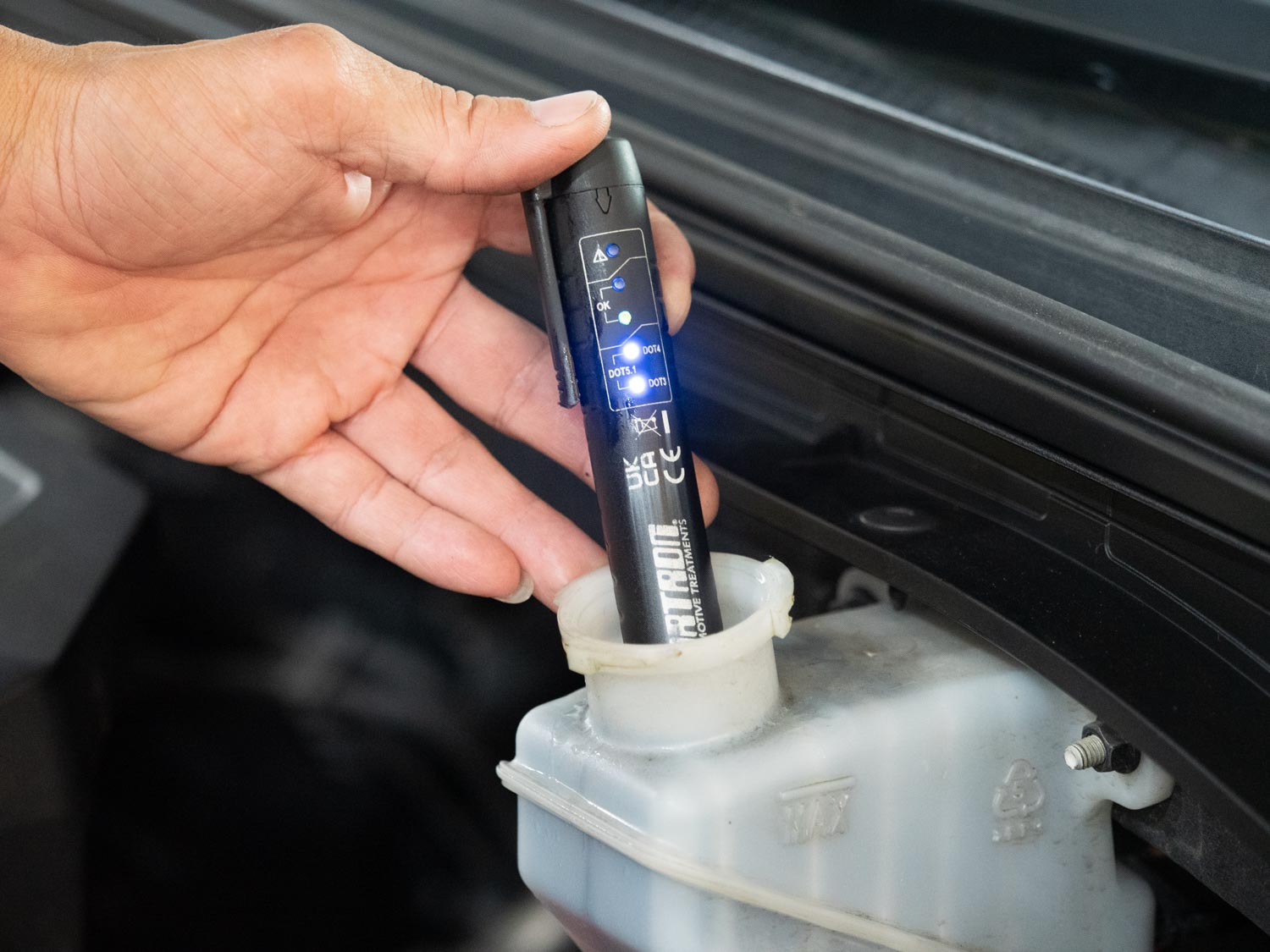The lifeblood of braking, understanding brake oil.

In the quiet choreography of a vehicle’s motion, few components are as vital—and as overlooked—as brake oil. It doesn’t roar like an engine or gleam like a polished hood, but without it, every journey would be a gamble.
What
What is brake oil? Brake oil, or brake fluid, is a hydraulic liquid that transmits the force from your foot on the brake pedal to the actual braking mechanism. When you press the pedal, the fluid flows through the brake lines, activating the brake calipers or drums to slow the vehicle. Because brake oil is incompressible, it ensures immediate and precise force transmission.
Types
Types of brake oil. There are several types of brake fluid, each with its own boiling point and chemical composition:
| Type | Base Material | Dry Boiling Point | Key Traits |
|---|---|---|---|
| DOT 3 | Glycol-based | ~205°C | Common, affordable, absorbs water |
| DOT 4 | Glycol-based | ~230°C | Higher boiling point, better for heat resistance |
| DOT 5 | Silicone-based | ~260°C | Doesn’t absorb water, but can foam easily |
| DOT 5.1 | Glycol-ether mix | ~260°C | High performance, absorbs moisture over time |
Each type suits different driving conditions and vehicle requirements. Mixing incompatible fluids—especially glycol and silicone-based—can damage your braking system.
When
When should you change it? Brake fluid doesn’t last forever. Over time, it absorbs moisture from the air, lowering its boiling point and risking brake failure. Most manufacturers recommend changing it every 2 years, but this can vary depending on climate and driving habits.
Signs you might need a change:
- Spongy or soft brake pedal
- Reduced braking performance
- Warning lights on your dashboard
Why
Why it matters. Brake oil is more than a technical necessity—it’s a safety-critical component. A well-maintained braking system can mean the difference between a close call and a collision. Regular checks and timely replacements ensure your vehicle responds when it matters most.













